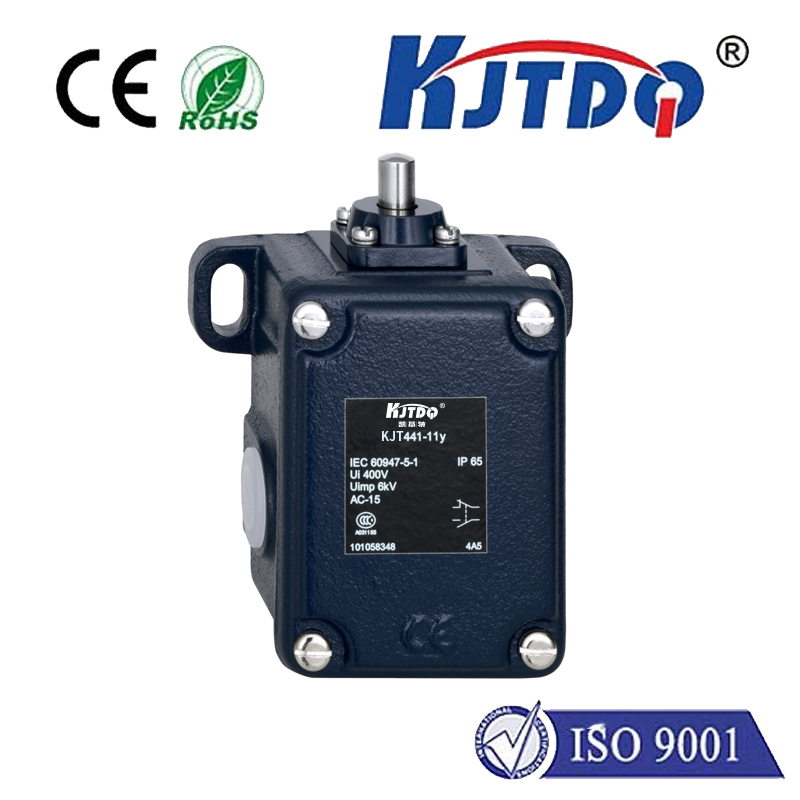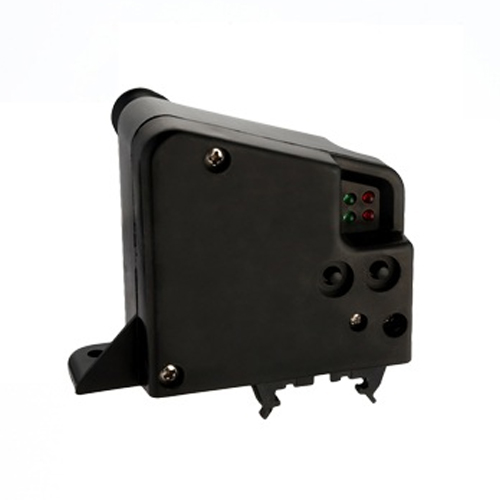

check

check

check

check

check

check

check

check

check

check
Look around you. Your smartphone instinctively dims its screen when held to your ear during a call. Your smartwatch stays awake while you glance at it but sleeps when you walk away. Your sleek laptop knows to power down the display the moment you close the lid. This subtle, often unnoticed magic behind these seamless interactions frequently relies on a tiny powerhouse: the ams proximity sensor. More than just a component, it’s an unseen intelligence enabling smarter, more intuitive, and energy-efficient devices.
At its core, a proximity sensor detects the presence or absence of nearby objects without physical contact. While various technologies exist (like ultrasonic or capacitive), ams OSRAM has pioneered highly sophisticated infrared (IR) based solutions that dominate modern electronics. Their sensors typically combine Ambient Light Sensing (ALS) capabilities with precise proximity detection in incredibly compact packages – think mere millimeters in size.
So, how does this digital sentinel work?

The fundamental principle involves infrared light emission and detection. Inside the ams sensor module resides an integrated IR emitter, typically a highly efficient VCSEL (Vertical-Cavity Surface-Emitting Laser) or IR LED developed by ams OSRAM. This emitter pulses out invisible infrared light at specific intervals. Adjacent to it sits a highly sensitive photodiode detector, meticulously tuned to capture the same wavelength of light. When an object (like your head or hand) approaches the sensor:
The strength of the return signal directly correlates to the object’s distance. If the reflected intensity exceeds a programmed threshold, the sensor signals the host device (e.g., your phone’s processor) that an object is proximally detected. This triggers the predefined action – like screen dimming or display shutdown.
Why are ams proximity sensors so pivotal?
Their dominance isn’t accidental; it’s rooted in several critical advantages:
Where You Encounter ams Proximity Magic:
The applications are vast and growing:
The relentless drive towards smarter, more intuitive, and energy-conscious devices ensures that the humble yet powerful ams proximity sensor remains an indispensable component. Its invisible vigilance optimizes user experience and device efficiency across countless facets of our daily lives. Through continuous innovation in IR technology, VCSEL efficiency, optical filtering, and signal processing, ams OSRAM solidifies its position at the forefront of enabling this crucial proximity intelligence, shaping how our devices perceive and interact with the physical world around them.









